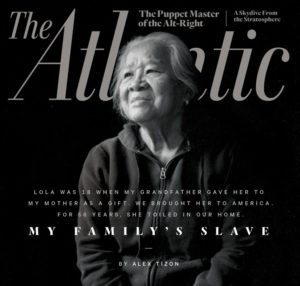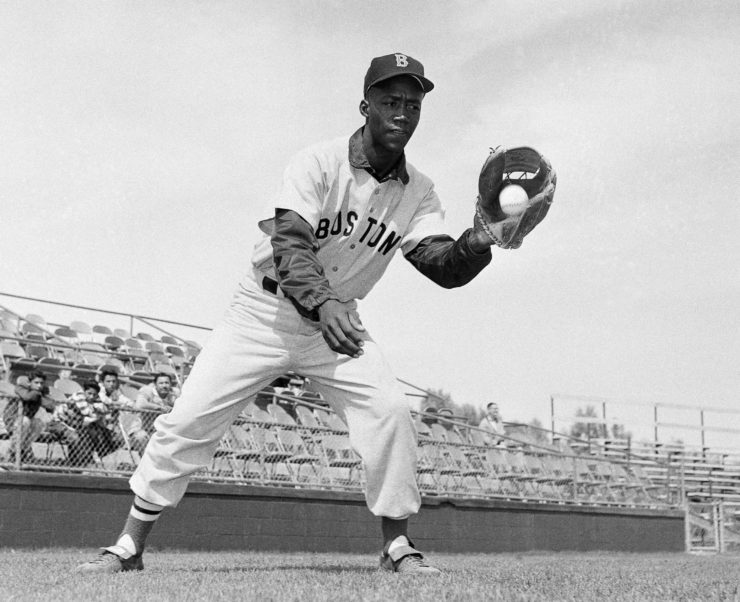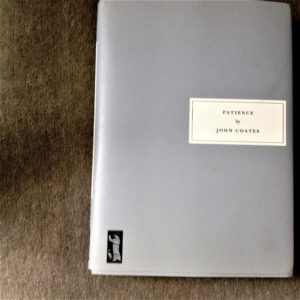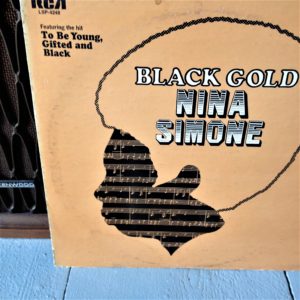
Alex Tizon, center, and Jacqui Banaszynski, bottom left, at one of the annual Power of Storytelling conferences in Romania.
I decided to try another “theme” week on Storyboard, after having such fun with the Southern focus last week. For this one, we took a look at controversial stories, books, writers and themes. From D.H. Lawrence’s “Lady Chatterley’s Lover” to Alex Tizon’s last story, the incendiary “My Family’s Slave,” writers have been inflaming readers (and censors) for as long as writers and readers have existed. Sometimes controversies involving journalists are regrettable, such as the Jayson Blair and Janet Cooke scandals. But when the stories make people think, perhaps about uncomfortable topics, that’s what journalism should strive for, no?
 The late Alex Tizon and “My Family’s Slave”: His first memory, and his last byline. This was a difficult piece for Pulitzer winner Jacqui Banaszynski to write: She had known Tizon for 20 years, and wrote his eulogy earlier this year when he died unexpectedly at 57. But her exploration of the craft behind the controversial piece, and his struggle with his shame, is very moving. She writes: “The writing not only shone with mastery, but with a comfort of mastery that comes only after decades of self-doubt. I always knew Tizon as a gifted writer – as much a philosopher-poet-essayist as a straight-ahead journalist. But with this piece, following his exploration of race and identity in his 2014 memoir, “Big Little Man,” it seemed he had finally found the voice and calm he needed to face what haunted him.”
The late Alex Tizon and “My Family’s Slave”: His first memory, and his last byline. This was a difficult piece for Pulitzer winner Jacqui Banaszynski to write: She had known Tizon for 20 years, and wrote his eulogy earlier this year when he died unexpectedly at 57. But her exploration of the craft behind the controversial piece, and his struggle with his shame, is very moving. She writes: “The writing not only shone with mastery, but with a comfort of mastery that comes only after decades of self-doubt. I always knew Tizon as a gifted writer – as much a philosopher-poet-essayist as a straight-ahead journalist. But with this piece, following his exploration of race and identity in his 2014 memoir, “Big Little Man,” it seemed he had finally found the voice and calm he needed to face what haunted him.”
The soundtrack: “All Your Secrets,” by Yo La Tengo. “Tell me all your secrets/
Say it slow and clear so you don’t have to speak twice/And if there’s things that I’m afraid to know/I should have learned them years ago, before the riot.” A beautiful song from a band unafraid to sing about adult love.
One Great Sentence
“A woman has to live her life, or live to repent not having lived it.”
D.H. Lawrence, “Lady Chatterley’s Lover.”
Read why we think it’s great.

The Red Sox were the last Major League Baseball team to field a black player, Pumpsie Green
An alt-weekly editor steps up to the plate to back a freelancer’s controversial story. We decided to tackle a tricky issue in longform today: the responsibilities of publishers to stand by freelancers when they write controversial stories. As reporter Britni de la Cretaz says, “As a freelancer, it’s really hard to get that support. In an office, they can screen your mail and calls. As a freelancer, there’s not an investment on the part of the publication.” But when she wrote a story about racism and the Boston Red Sox for alt-weekly DigBoston, her editor, Chris Faraone, had her back. We talked to both of them about the issue, which will only become more prevalent as newsrooms shrink.
The soundtrack: “Stand By Me,” by Ben E. King. “When the night has come/And the land is dark/And the moon is the only light we’ll see/No I won’t be afraid, no I won’t be afraid/ Just as long as you stand, stand by me.” I know it’s ubiquitous, especially since the movie, but it’s still a pretty brilliant song.
What I’m reading online: “The First White President,” by Ta-Nehisi Coates. This tremendous, tremendous story serves as a kind of bookend to Coates’ essay earlier this year about Obama, “My President Was Black.” In fact, when Coates tweeted the new piece, he said only, “Your president is white.” He makes point after point dismantling the idea that Trump’s victory had everything to do with economics and nothing to do with race. Near the end, he writes: “The American tragedy now being wrought is larger than most imagine and will not end with Trump.” (Go here to read the lovely essay that former L.A. Times columnist Sandy Banks wrote for Storyboard on “My President Was Black.”)
“Along with the migrating steelhead, Oregon river pool holds life lessons,” by Diana Marcum. Controversy lies at the heart of this piece: climate change and despoiled environments. But like her Pulitzer-winning series on California’s drought, Diana takes a big issue and distills it to its human essence. She has a gift for that. “At a time when environmental protections are being lifted, scientific research budgets slashed and frenzied political battles center around single species,” she writes, “one man’s study of the world in front of him is a throwback to conservation work rooted in bearing witness to simple truths in nature.”
“Fifty-one inches: Terror, heartbreak and heroism as five souls brave the worst storm in U.S. history,”by Mike Hixenbaugh, David Hunn and Mark Collette. The Houston Chronicle did some standout journalism, under mindboggling conditions, about Hurricane Harvey. This is one of the best, a true narrative told chronologically through the experiences of five Houstonians. I think two things are particularly effective: the ticking-clock feel of the section headers, and the use of labels — “the mother,” “the refugee” — to tell each person’s story.
 What’s on my bedside table: “Patience,” by John Coates. This book could be a companion piece to “Lady Chatterley’s Lover”; it too is about a woman who discovers the joy of sex through infidelity. Published in 1953, it also might have been scandalous if the approach weren’t so gentle. There are no Anglo-Saxon words, and we are sweetly treated to the woman’s sense of astonished delight at her awakening. Oh, I want to give a shout-out to the publishers of the book, Persephone Books, who have created my absolute favorite series of books: reprints of wonderful novels, in beautiful covers.
What’s on my bedside table: “Patience,” by John Coates. This book could be a companion piece to “Lady Chatterley’s Lover”; it too is about a woman who discovers the joy of sex through infidelity. Published in 1953, it also might have been scandalous if the approach weren’t so gentle. There are no Anglo-Saxon words, and we are sweetly treated to the woman’s sense of astonished delight at her awakening. Oh, I want to give a shout-out to the publishers of the book, Persephone Books, who have created my absolute favorite series of books: reprints of wonderful novels, in beautiful covers.
 What’s on my turntable: “Black Gold,” by Nina Simone. This could almost be a soundtrack to both of Ta-Nehisi Coates’ stories, above. “To Be Young, Gifted and Black” is of course the goosebumps song on the album. But I also have a soft spot for her cover of “Who Knows Where the Time Goes,” especially the last few minutes of grooving.
What’s on my turntable: “Black Gold,” by Nina Simone. This could almost be a soundtrack to both of Ta-Nehisi Coates’ stories, above. “To Be Young, Gifted and Black” is of course the goosebumps song on the album. But I also have a soft spot for her cover of “Who Knows Where the Time Goes,” especially the last few minutes of grooving.
If you want to chat about storytelling (or music), I’m Storyboard editor Kari Howard, and you can reach me at editor@niemanstoryboard.org. Or you can find me at @karihow on Twitter.


